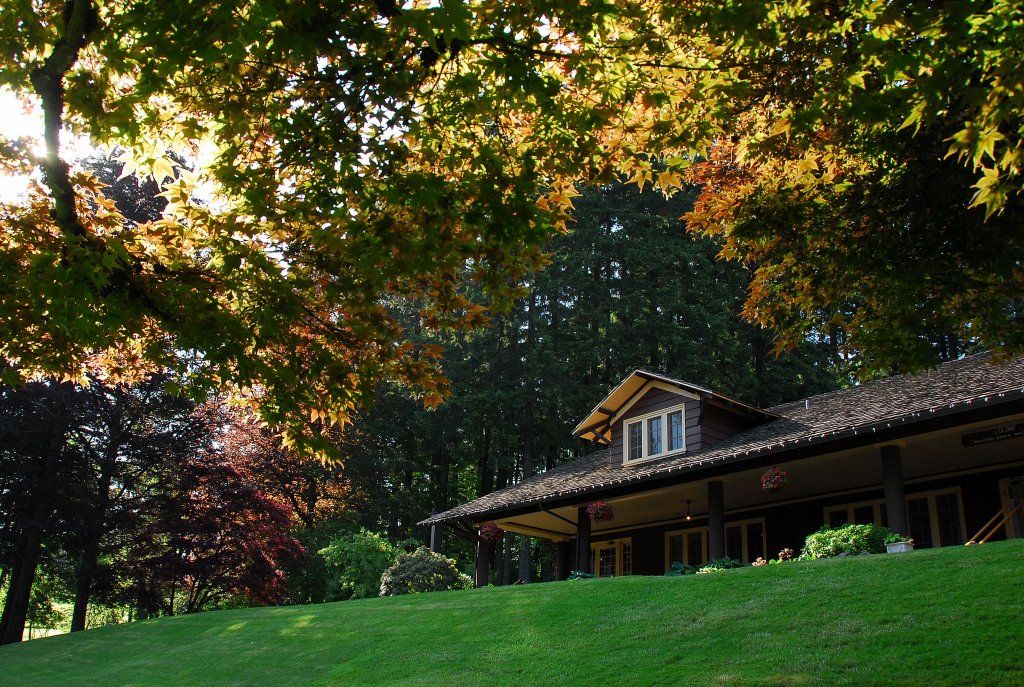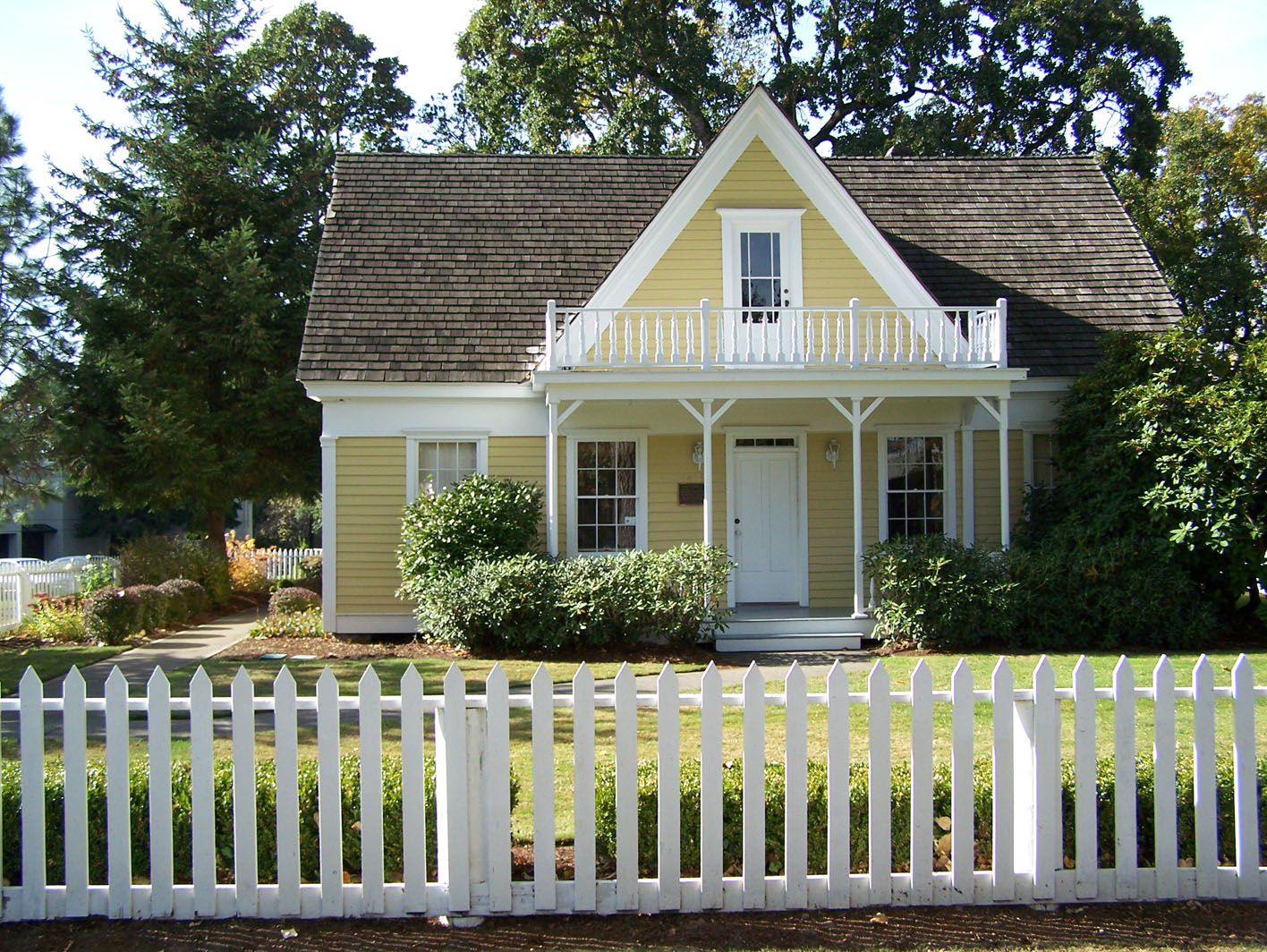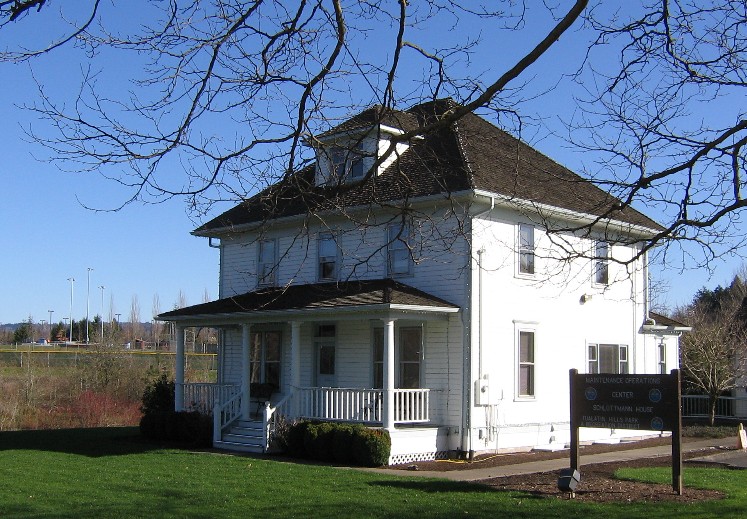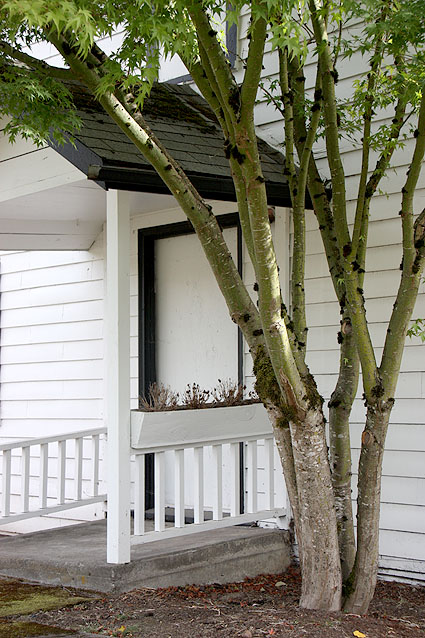- Recreation Centers
- Cedar Hills
- Conestoga
- Elsie Stuhr Center (55+)
- Garden Home
- Sports Facilities
-
Babette Horenstein
Tennis Center -
Tualatin Hills
Athletic Center - HMT Complex
- PCC-Rock Creek
- Sunset Park
- Field Status Website
- Pools
-
Tualatin Hills
Aquatic Center - Aloha
- Beaverton
- Conestoga
- Harman
- Sunset
- Raleigh summer only
- Somerset West summer only
- Nature Facilities
-
Tualatin Hills
Nature Center -
Cooper Mountain
Nature House
- Natural Areas
-
Cooper Mountain
Nature Park - Tualatin Hills Nature Park
- Nature Play Areas
- Other Natural Areas
- Projects
- Future Park at NW Heckman
& 159th Ave - Future Westside Trail Bridge
over Highway 26 - Downtown Beaverton Parks Plan
- >> More Projects
- How was your park or trail experience?
- Let us know.
- Report Feedback
- Park Watch Report
- Special Events
- Event Calendar
- Big Truck Day
- Centro de Bienvenida
- Summer Concerts
- Summer Neighborhood Events
- Volunteer Opportunities
- Welcoming Week
- Upcoming Events
- Public Meetings


 Augustus Fanno was born in Maine on March 26, 1804. After living in Missouri as a young adult, he, his wife Martha and their young son left for Oregon in 1846. Augustus settled in Linn City while he looked for land on which to settle. His wife died in childbirth shortly after arriving in Oregon. He and his son followed the Tualatin Plains Indian Trail, which ran from Willamette Falls to Tillamook, and they settled a claim 12 miles northwest of Oregon City. His was the 12th claim documented by the territorial recorder at the Oregon City Land Office and the first to be filed in what is now Washington County. The original land claim grant of 640 acres was signed by President Abraham Lincoln in November of 1864.
Augustus Fanno was born in Maine on March 26, 1804. After living in Missouri as a young adult, he, his wife Martha and their young son left for Oregon in 1846. Augustus settled in Linn City while he looked for land on which to settle. His wife died in childbirth shortly after arriving in Oregon. He and his son followed the Tualatin Plains Indian Trail, which ran from Willamette Falls to Tillamook, and they settled a claim 12 miles northwest of Oregon City. His was the 12th claim documented by the territorial recorder at the Oregon City Land Office and the first to be filed in what is now Washington County. The original land claim grant of 640 acres was signed by President Abraham Lincoln in November of 1864.

